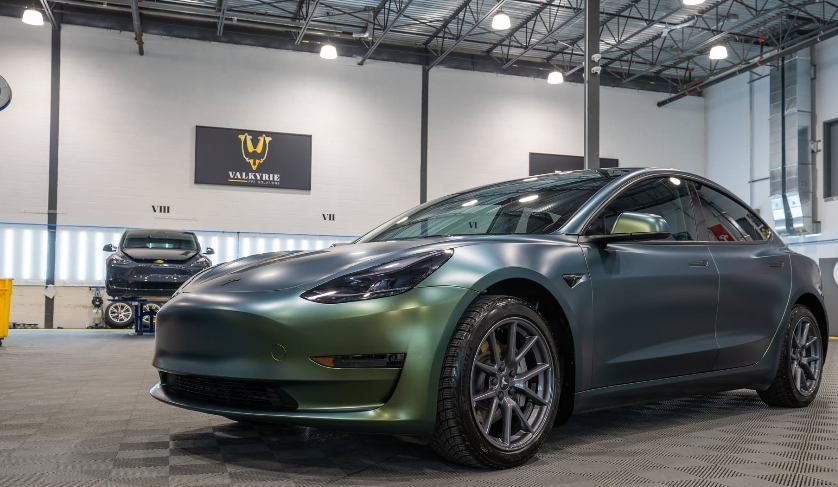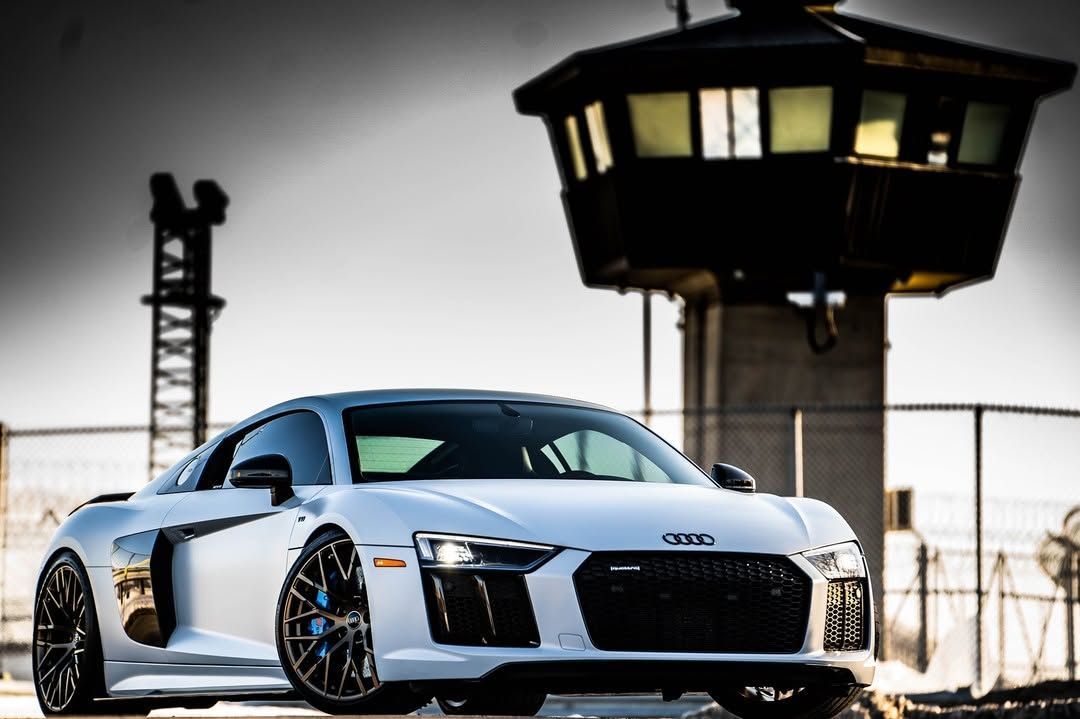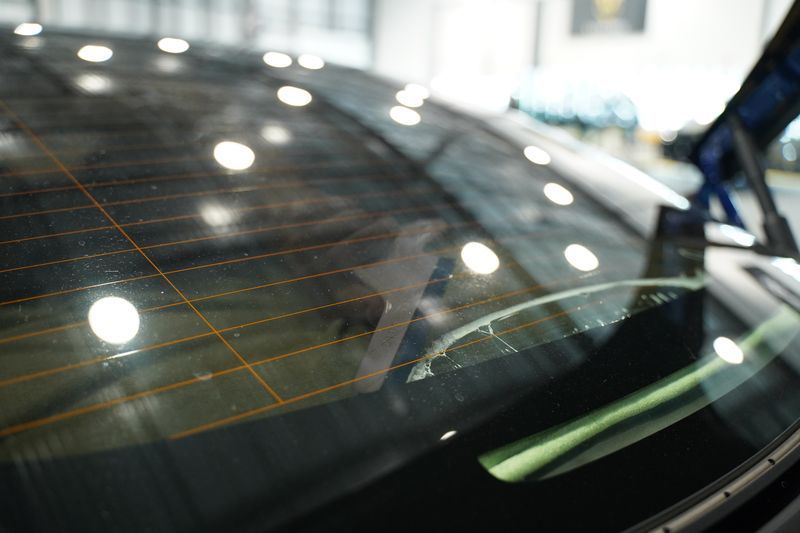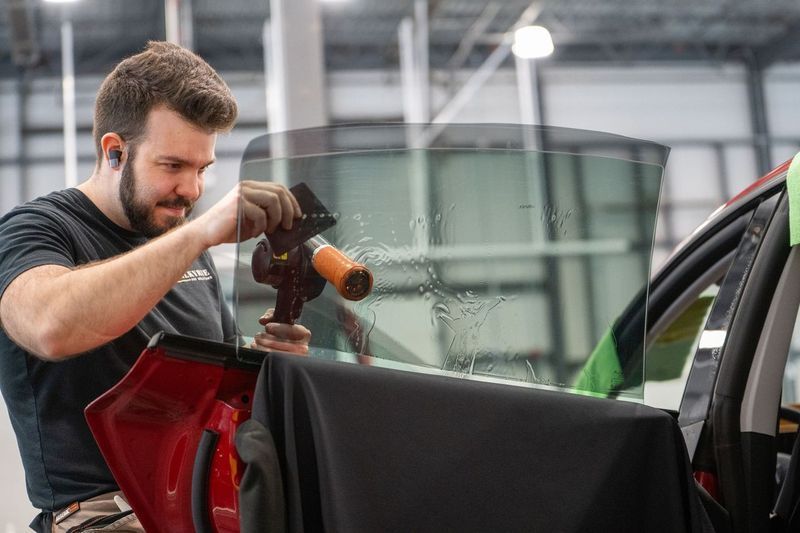Many of us often overlook a very simple solution to keeping your car looking brand new: paint protection film. In this article, we’ll dive into what paint protection film is, how it operates, and why it's quickly become a popular choice among car owners who want to preserve their vehicle's shine without constant upkeep. Let’s explore the ins and outs of this valuable additive and see how it can benefit you and your car's appearance over time.
Paint protection film (PPF) is a transparent, durable layer applied to a vehicle's exterior to shield it from marks, chips, and environmental damage. It works by acting as a barrier between the vehicle's paint and external elements, often featuring self-healing properties that allow minor marks to disappear when exposed to heat, thus preserving the vehicle's aesthetic appeal and resale value over time.
What Is a Paint Protection Film?
A paint protection film, or PPF, is more than just a clear coat—it's like a shield for your car’s beautiful finish.
This thin layer of thermoplastic urethane is meticulously engineered to be applied over the vehicle’s exterior surfaces. While it might look inconsequential, its benefits are significant.
One of the standout features of modern PPF is its virtually invisible nature. When properly installed, it becomes almost indistinguishable from the vehicle's original paint. That's right—a high-quality PPF allows you to keep your vehicle looking stunning while also providing a robust barrier against marks, chips, and stains from road debris or environmental factors like tree sap and bird droppings.
Moreover, PPF can be tailored to various parts of your vehicle, providing targeted protection where it's needed most. Common areas for application include the hood, fenders, bumpers, side mirrors, and rocker panels—the most vulnerable spots to potential damage.
In essence, it helps maintain your car's aesthetic appeal while significantly enhancing its resale value by keeping the paintwork pristine.
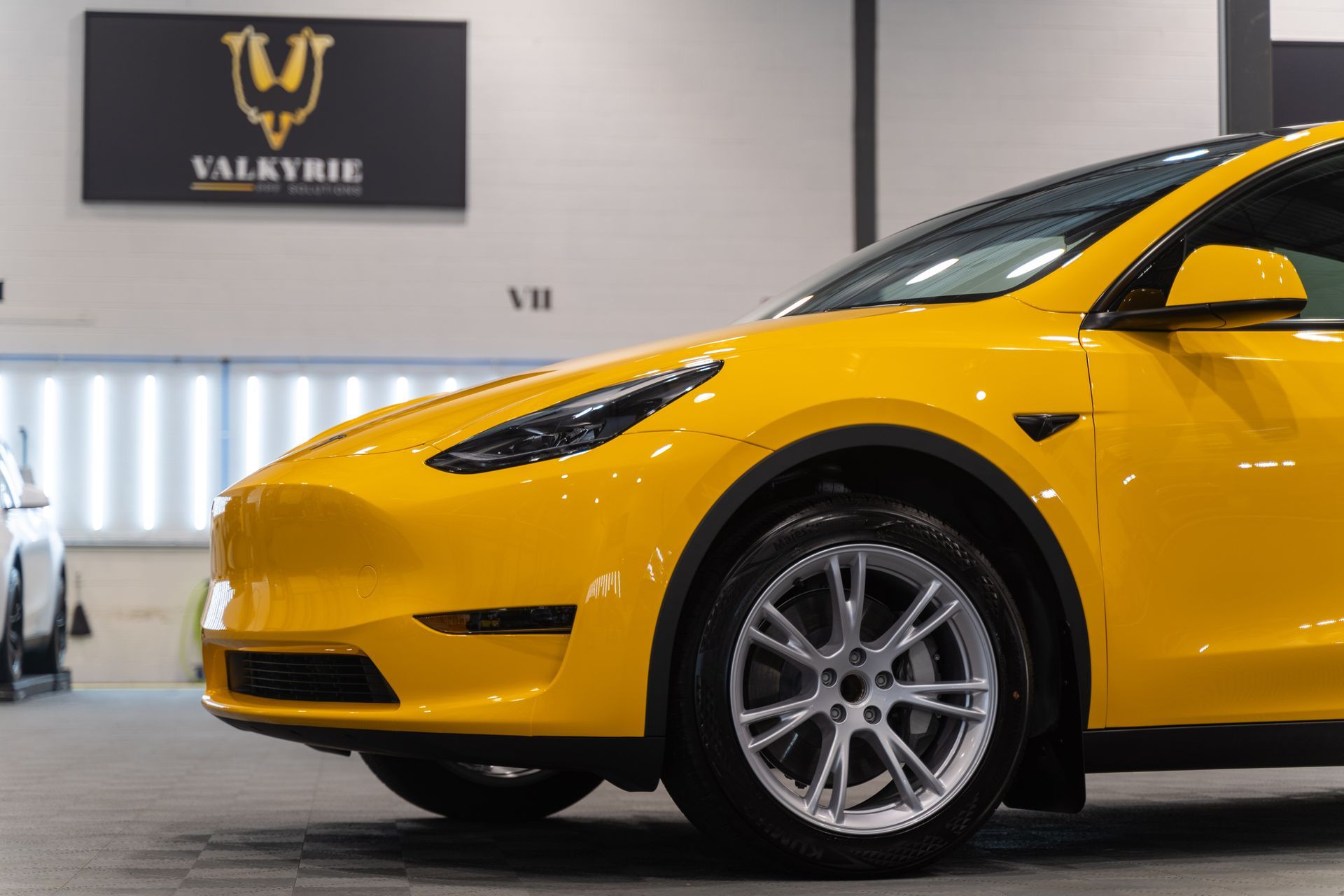
How Does Paint Protection Film Work?
Paint protection film (PPF) is based on a clever design that combines functionality and versatility. Essentially, PPF is like a suit of armor for your car’s exterior. The first layer, the adhesive, serves as a reliable anchor that ensures the film adheres firmly to the surface of your vehicle without causing any damage during removal. This adhesive is formulated to provide strong bonding while remaining easy to peel away later on, preserving the integrity of your vehicle's paintwork.
The polyurethane layer is where the real magic occurs—this material has been engineered to withstand both minor impacts and environmental stressors. Consider it a flexible shield that easily absorbs and disperses energy from flying debris or tiny rocks that could otherwise cause the paint to nick. Its flexibility means it can adapt to temperature changes, ensuring it does not crack or dull over time. Moreover, this layer is also resistant to scratching and staining, which is essential for maintaining that showroom finish we all crave.
Key Benefits of Using PPF
The advantages of Paint Protection Film (PPF) extend beyond simply keeping your car looking fresh; they reflect a strategic choice that can ultimately save you time and money in the long run.
1. Shielding Against Everyday Damage
One major benefit is protection against physical damage. Every day encounters like hailstorms, flying gravel, or even a close call with shopping carts can leave your car's paintwork vulnerable to unsightly scratches and chips. PPF serves as a resilient shield, expertly absorbing impacts and preventing minor abrasions from marring the aesthetics of your vehicle.
2. Defense from Harmful UV Rays
In addition to physical protective capabilities, PPF offers UV resistance, another crucial factor in vehicle maintenance. Harmful UV rays can wreak havoc on your car's exterior by causing fading and discoloration over time. With PPF applied, you’re essentially adding an invisible barrier that blocks these rays, preserving the vibrant color of your paint job. This becomes especially significant for those living in areas with harsh sunlight or for those who park their vehicles outdoors for extended periods.
3. Self-Healing Technology at Work
One of the most remarkable features of high-quality PPF is its self-healing properties. You might be surprised to learn that minor swirling marks that often come from routine washing can mend themselves! It’s true—simply exposing the film to heat via sunlight or even a warm water rinse causes the polymer molecules within the film to realign, thereby making minor imperfections vanish like magic.
4. Easier Cleaning and Maintenance
PPF makes your car cleaner because it's easy to maintain. The hydrophobic layer makes contaminants such as dirt and water bead up instead of sticking to the surface. This means less time spent scrubbing and more time enjoying your ride.
5. Preserving Aesthetic Appeal and Resale Value
Lastly, let's not overlook an aspect crucial to anyone valuing their investment: aesthetic preservation. Throughout its life, not just when it leaves the dealership, your car should always look showroom-quality. With PPF acting as a protective skin, you'll maintain the original appearance of your vehicle's paint, ensuring you turn heads wherever you go while simultaneously safeguarding resale value.

Durability and Maintenance Tips
Ensuring that your PPF remains in top condition requires a proactive approach to care. Start with the basics: washing your vehicle regularly using only a mild, pH-balanced car shampoo. This step is vital because harsh chemicals or abrasive cleaning tools can damage the film, leading to discoloration or peeling over time.
When it comes to drying, it is recommended to use a microfiber cloth, which is gentle and effective at preventing scratches while leaving a streak-free finish.
In addition to regular washing, it's essential to inspect your PPF every so often for any signs of damage—this includes checking for bubbles, lifting edges, or areas where the film may be scratched or worn down. If you notice significant wear, it might be time to consider replacing the section of film.
If properly maintained, PPFs can last between 5 and 10 years. However, this timeline also depends on factors such as environmental conditions and how frequently you drive your vehicle. The longevity of your PPF also correlates with how you care for your car during the seasons. During winter months, when road salt can eat away at surfaces, giving your vehicle extra attention will pay off in enhancing the protective attributes of PPF. Make sure to rinse off any road salt promptly and consider using a protective wax over the film when necessary.
Preserve Your Car’s Beauty with Valkyrie PPF Solutions
Your Tesla isn’t just transportation—it’s something you take pride in. But between Laval’s winters, flying gravel, and everyday wear, even the cleanest car can start showing signs of damage before you know it. That’s where Paint Protection Film (PPF) comes in.
Whether you're weaving through city traffic or cruising open roads, PPF helps keep your paint looking like new. It's not just about appearances; it's about preserving value, preventing damage before it starts, and providing peace of mind while driving.
Want to protect what you love? Give us a
call at (450) 936-2121 and chat with a real person who knows Teslas inside and out. We’ll walk you through your options and make sure your car gets the care and coverage it deserves.







